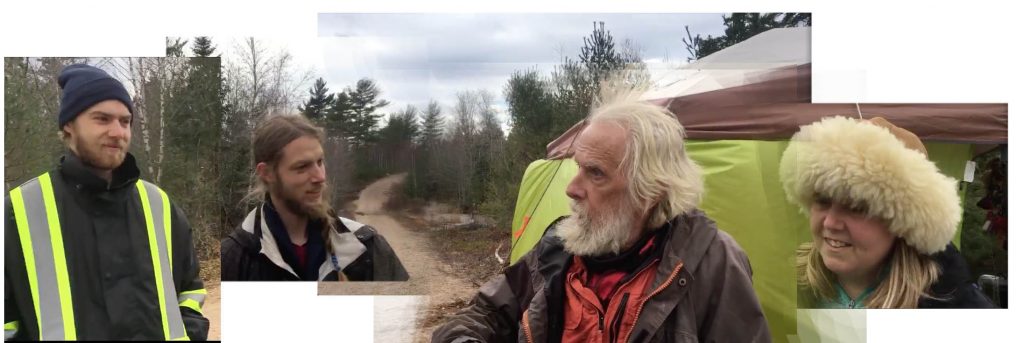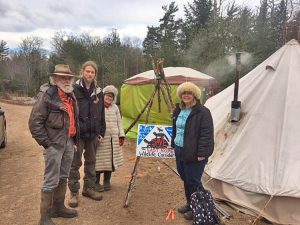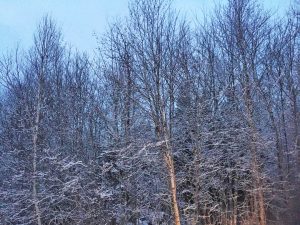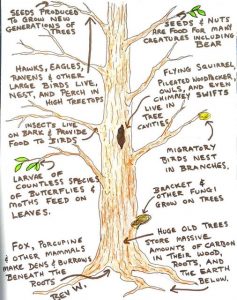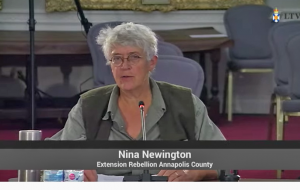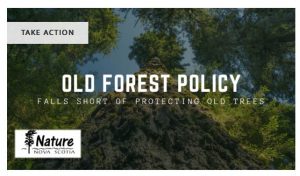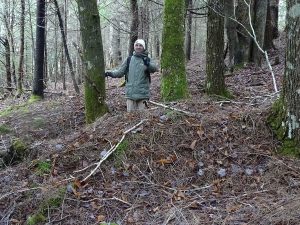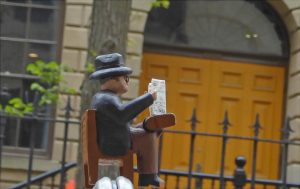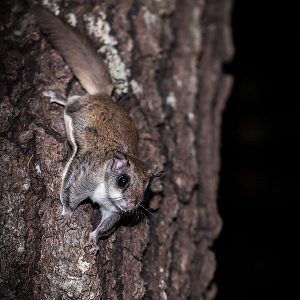
Example of an old forest species: Southern Flying Squirrel (From Wikipedia). We also have the Northern Flying Squirrel in NS. Both species depend on features associated with old forests, including forest stands that don’t currently qualify legally as Old Growth, e.g. at the Dalhousie-Corbett Lakes forest. It appears such stands will not be protected under the proposed Old Growth Forest Policy.
Curiously, in the new policy document , conservation of old forest biodiversity is not explicitly cited in the text as a goal, while it is an explicit goal in the existing (2012) policy. In practice, both the 2012 policy and the proposed policy are weak on conservation of old forest species. Three fixes are suggested: (i) Prohibit logging on all Late Mature and Multi-aged/old forest stands on Crown lands unless they exceed 30% of any 5×5 km square in a 5×5 km grid of NS; (ii) scrap the variable age by Forest Group scheme, and replace it with a minimum age of 100 years; and (iii) scrap the requirement that no forest areas have received a silvicultural treatment or timber harvest within 30 years of the date of approval of this Policy.
The consultation process
A draft “Old-Growth Forest Policy for Nova Scotia” was released on Nov 9, 2021 with a general invitation to Nova Scotians to give their feedback on proposed updates to the policy by Dec 8, 2021 (see NSFN Post, Nov 9, 2021).
It is update to the Old Forest Policy which was published as an “Interim Old Forest Policy” by NSDNR in 1999 and updated as “Nova Scotia’s Old Forest Policy” in 2012.
It’s a pretty technical document and I would guess there are fewer than two dozen people in NS who could really get into it and assess its rigour from an ecological perspective as a policy for protecting Old Growth in NS. There are many more who have a direct interest in the topic and who could be affected by the policy, e.g. through restriction on logging, or through losing a treasured area to Crown land logging. Continue reading →


